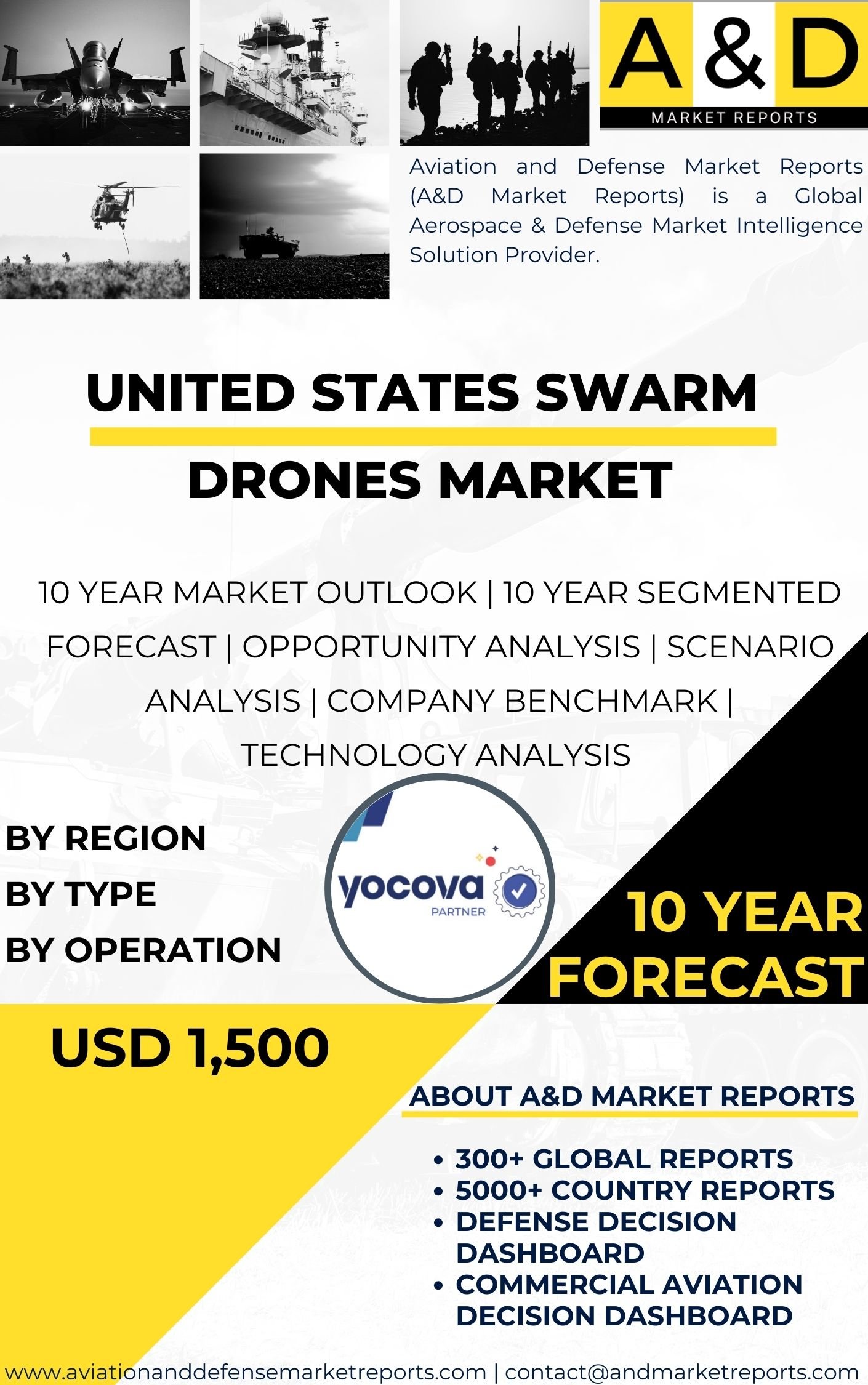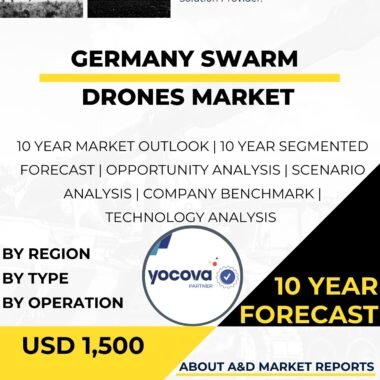Description
The United States plays a pivotal role in shaping the global swarm drones market, driving innovation and setting the standards for the development and deployment of swarm drone technology worldwide. Swarm drones, also known as drone swarms, represent a paradigm shift in unmanned aerial systems by enabling the coordinated operation of multiple drones simultaneously. These swarms have applications ranging from military and defense operations to agriculture, disaster response, and surveillance. With its robust research and development ecosystem, extensive military investments, and private sector innovation, the United States influences and advances the global swarm drones market in various critical ways.
One of the key drivers of U.S. influence in the swarm drones market is its commitment to developing cutting-edge technologies for military applications. The U.S. military actively invests in swarm drone research and development to enhance its capabilities in areas such as reconnaissance, surveillance, target identification, and tactical coordination. Through initiatives like the Defense Advanced Research Projects Agency (DARPA), the United States has fostered innovation in swarm drone technologies, such as autonomous navigation, communication protocols, and swarm behavior algorithms. This investment not only strengthens U.S. national security but also influences global swarm drone development.
Collaboration with allies and defense partners is another significant avenue through which the United States shapes the global swarm drones market. The U.S. engages in joint research and development projects, military exercises, and information sharing to strengthen allied and partner nations’ swarm drone capabilities. By sharing expertise and technology, the United States fosters collaboration, interoperability, and a shared approach to swarm drone development, creating a network of nations with advanced swarm capabilities.
Furthermore, the United States actively promotes swarm drones as a versatile and cost-effective solution for addressing various challenges. Swarm technology offers unique advantages in terms of scalability, adaptability, and mission flexibility. As the U.S. military refines its swarm drone tactics and applications, including swarm communication, coordination, and mission planning, it sets an example for other nations looking to employ swarm drones effectively across diverse sectors, from defense to disaster response and agriculture.
Private sector innovation and entrepreneurship in the United States also drive advancements in swarm drone technology. Numerous American companies and startups are actively engaged in developing swarm drone solutions for both military and civilian applications. This thriving ecosystem of innovation contributes to the growth of the global swarm drones market, fostering competition and spurring technological breakthroughs.
Moreover, the United States is a global leader in establishing regulatory frameworks for safe and responsible drone operations. The Federal Aviation Administration (FAA) has been instrumental in shaping drone regulations, including those related to swarm drone operations. This regulatory leadership not only ensures the safe integration of drones into national airspace but also sets an example for other countries looking to develop their own drone regulations.
In conclusion, the United States holds a central position in shaping the global swarm drones market through its commitment to technological advancement, cooperation with allies and partners, and leadership in swarm tactics and applications. The U.S. military’s investment in swarm drone research and development, coupled with private sector innovation and regulatory leadership, influences the trajectory of swarm drone technology worldwide. As the use of swarm drones continues to expand across various sectors, the United States remains at the forefront of global efforts to harness the potential of swarm technology for diverse applications, from defense and security to agriculture and disaster response.




